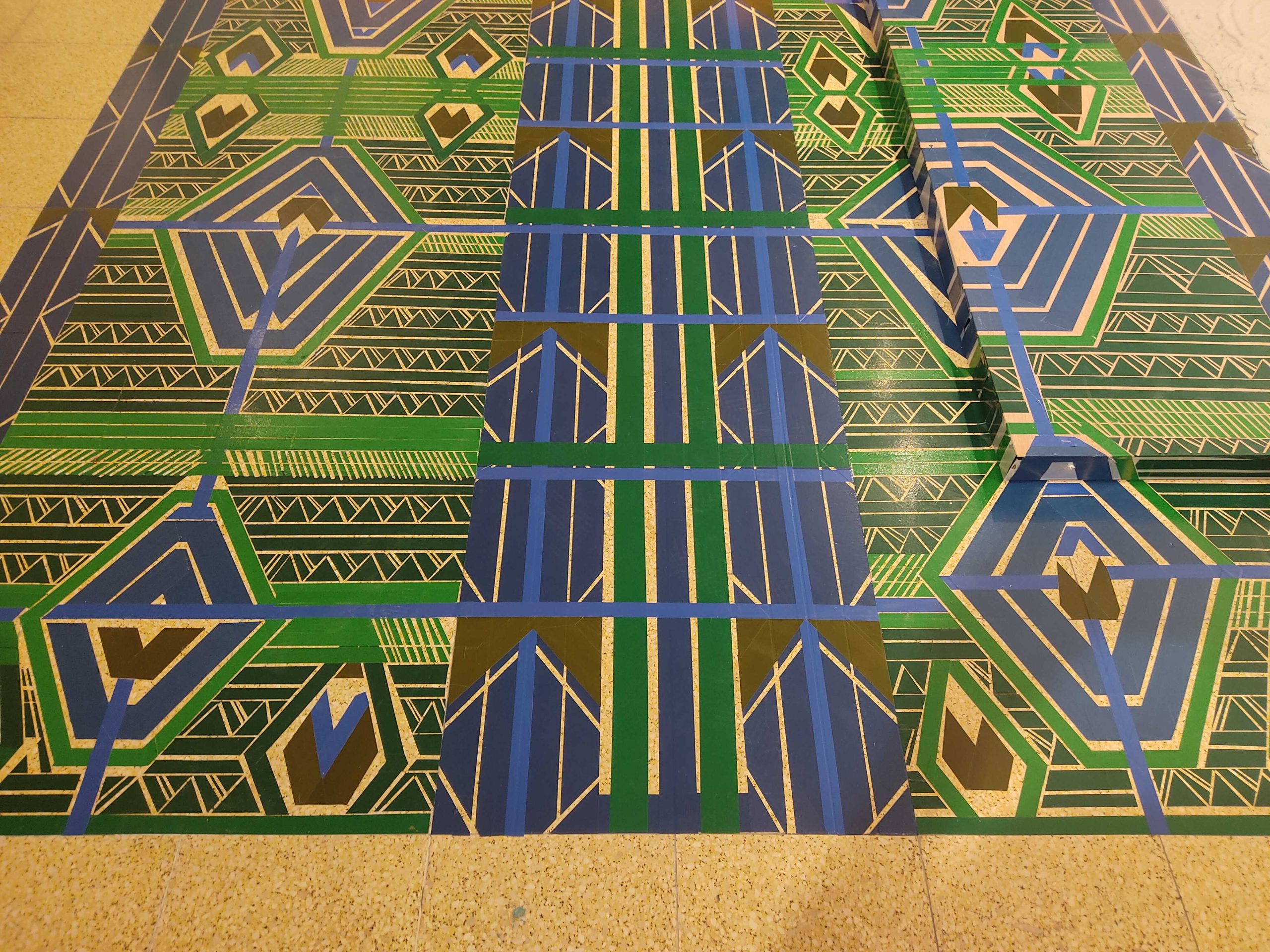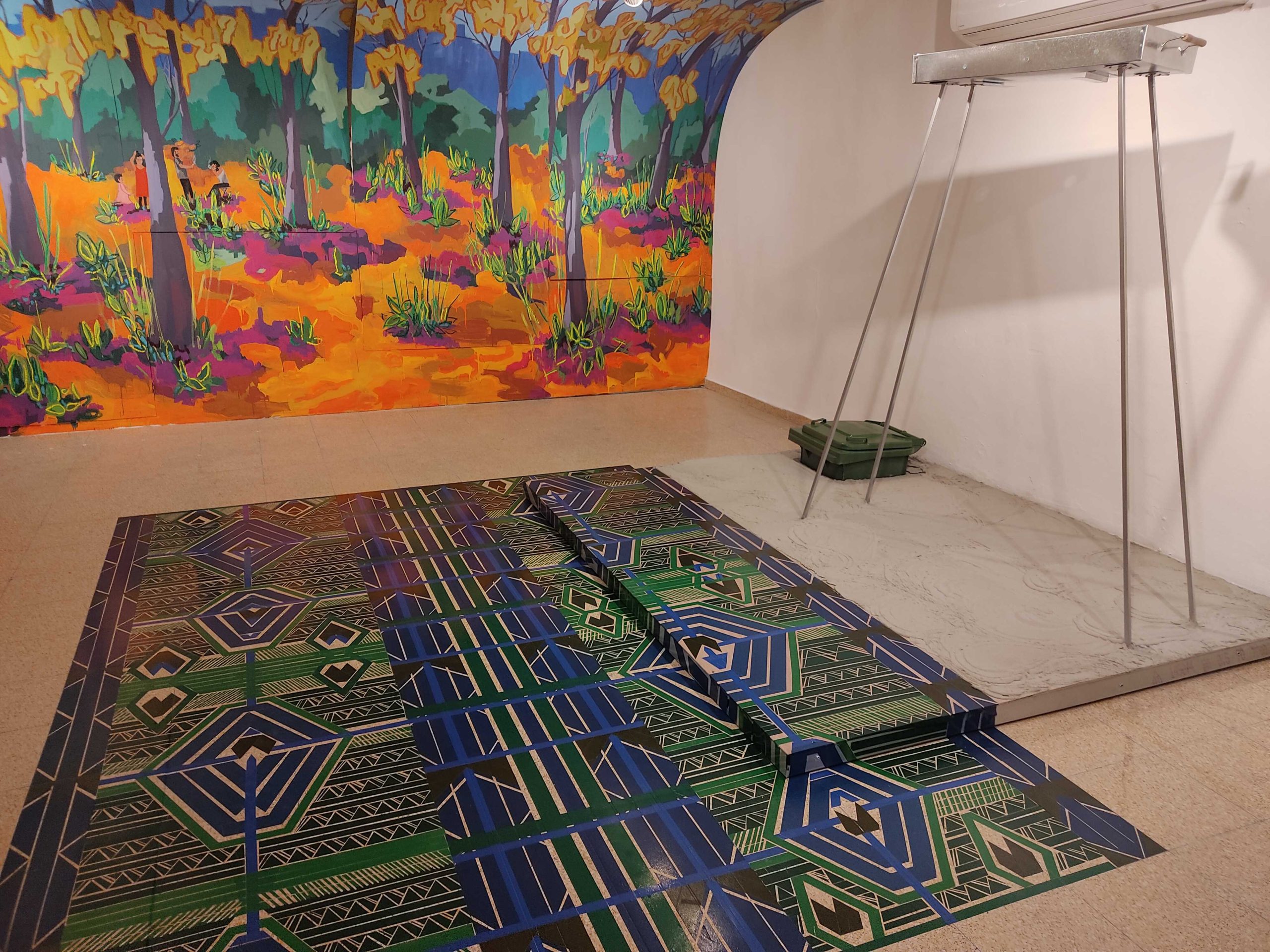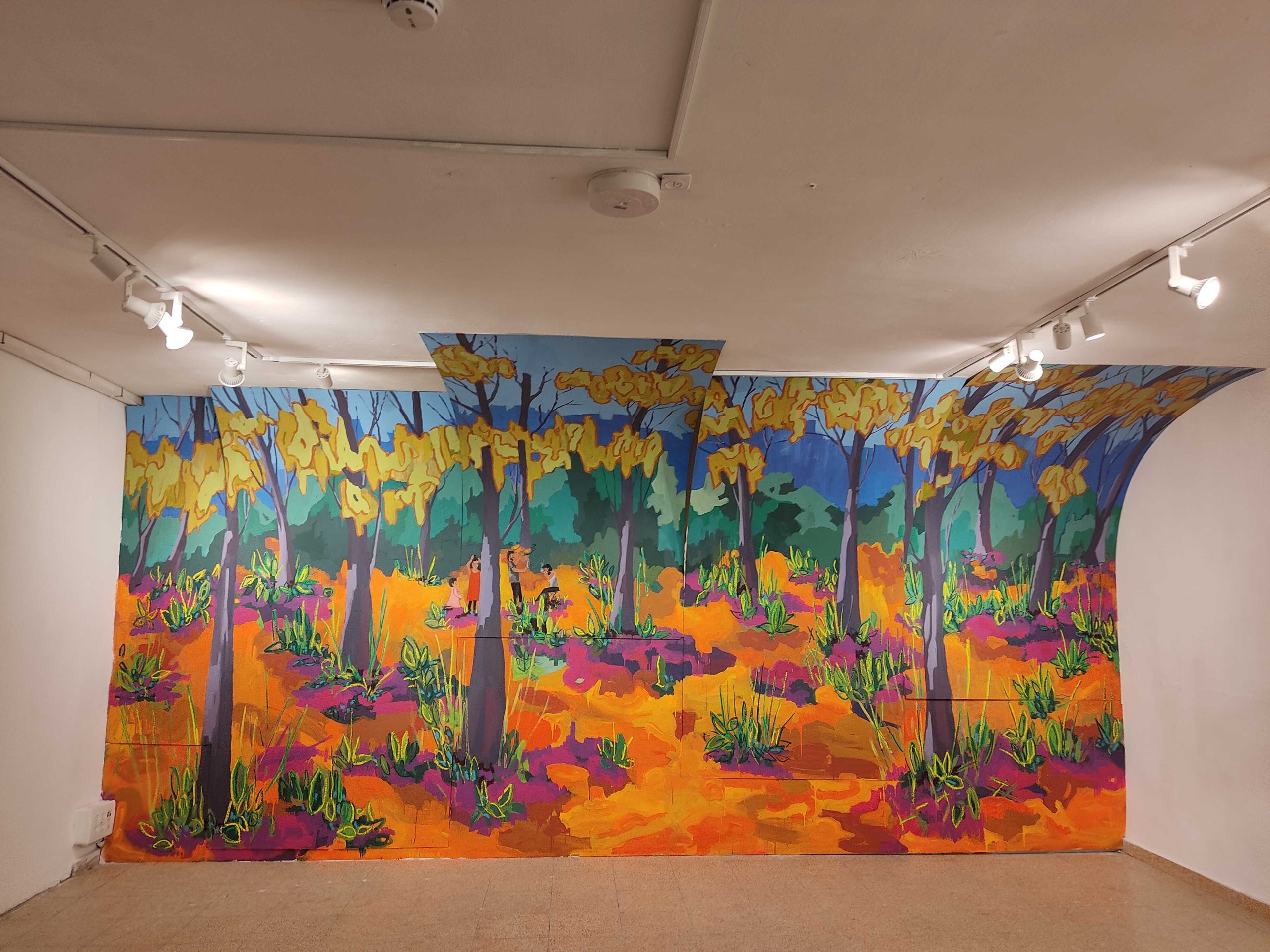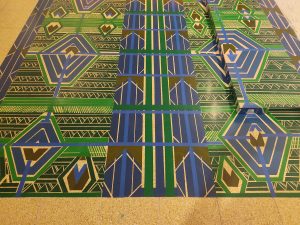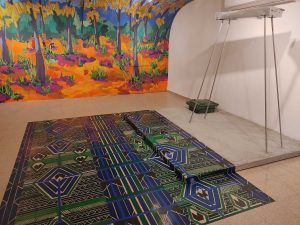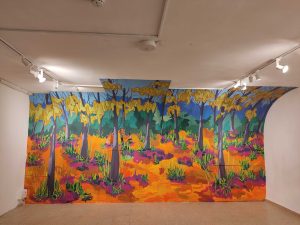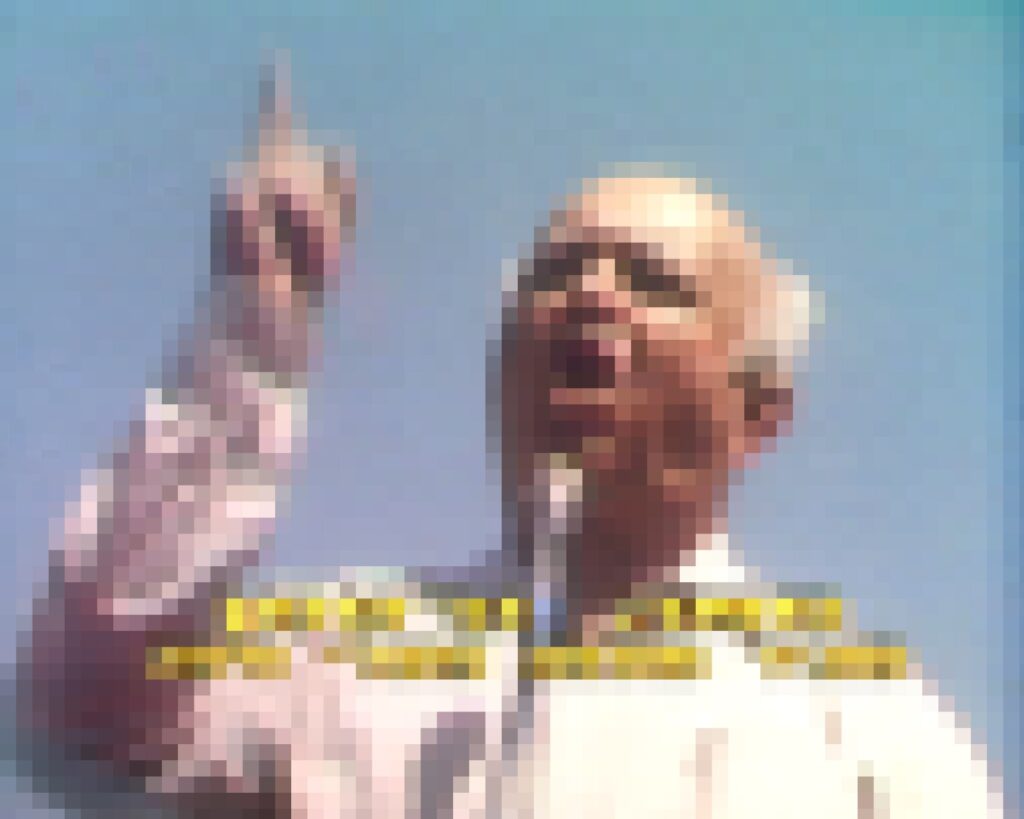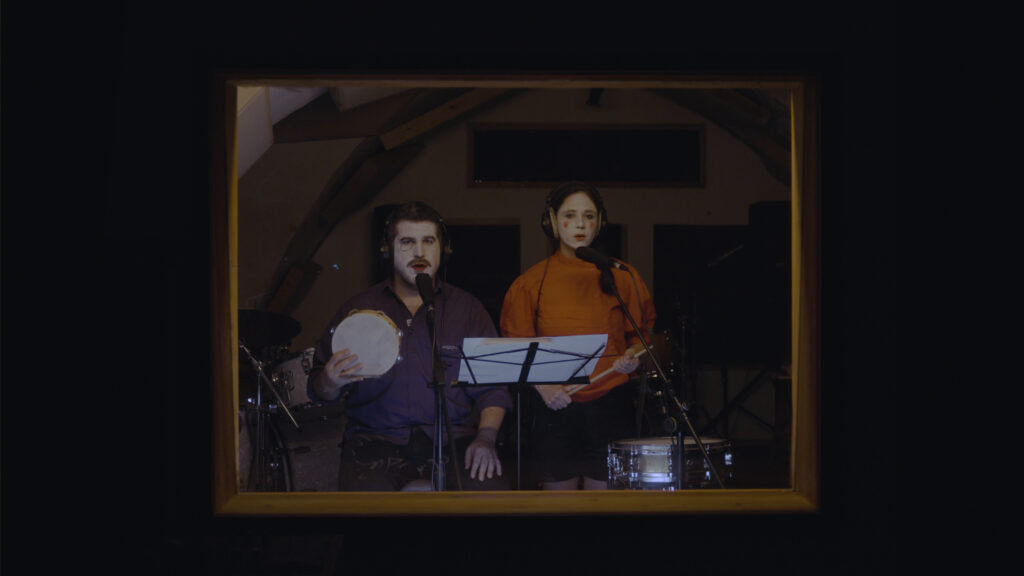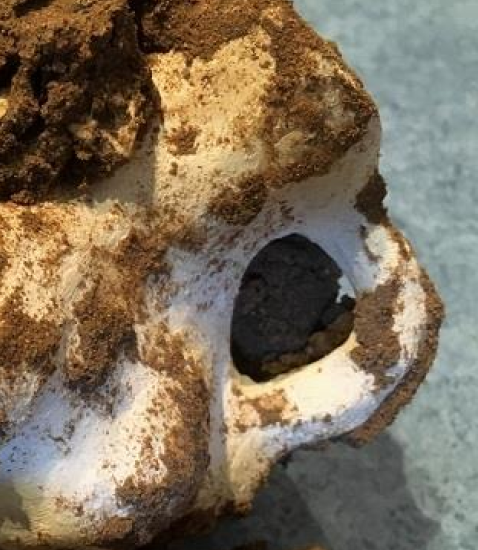Pine Resin
Oak forests are very common in Israel. These are artificial forests in which oak trees brought from Europe were planted, and they are not suitable for a country whose essence is desertic. There are ecological and aesthetic reasons for planting oak trees in Israel’s territory; however, planting European trees in this climate is almost artificial and disconnected. It overlooks the local soil and reality, creating a cover of an environment that doesn’t belong here, trying to create a different reality.
Nature in Israel, whether it’s the yellow desert expanses or green forests, forms a cultural and traditional foundation in society. Social and family gatherings in nature are a favorite pastime for many Israelis, during hot summer days, vacations, or holidays when they visit the KKL (Keren Kayemeth LeIsrael) areas. “Barbecue on Independence Day” or the Saturday morning picnic are expressions of Israeli culture that go beyond the burnt kebab and ice-cold beer.
Within the project space, two different perspectives on the picnic scene blend together. Erez Ozen, an artist who grew up in a moshav and now lives in a kibbutz, uses Israeli nature as a medium for observation and documentation. Today, as a family man, he is well acquainted with the “Shabbat routine” in nature and sees it as an important aspect of family leisure. The connection to the wild and the existing freedom, the attempt to find inner peace and tranquility, underline the need for an escape into nature. The fact that many forests in Israel are not dense or natural doesn’t change his perception of the nature experience. The wall painting depicts an Israeli oak forest, sparse and colorful, allowing the sunlight to penetrate through. Within the forest is a family enjoying their leisure time, with the figures appearing in the background, enveloped by the forest. The colorful scene is like a disguise for the forest, just as the oak trees disguise themselves to be part of the Israeli landscape.
Alongside the wall paintings, the objects created by Tamar Osterhoff take on a different meaning in the picnic experience. Tamar is a multidisciplinary artist who grew up in a kibbutz with only her mother. Family outings of this kind were never part of her experience and in a way, they remained foreign and distant to her, while remaining an object of desire. Tamar creates objects that are decorations required for any family outing in the forest, but they are broken and deviate from their usual function. These items seem as if taken from the family or abandoned by them. They are useless, dysfunctional. It’s a set for a family outing in the forest as the artist imagines it. The idealization these depictions carry in Israeli culture is hard to digest, and the artist, unfamiliar with their experience, reconstructs their form from fantasy and ethos.
The objects allow the wall paintings to be part of the same set, and vice versa. The works contain each other and create a reality that doesn’t need to put on a facade. Joy and family togetherness exist alongside the melancholy and fracture of the experience.
Curator:
Noga Rozman
Artists:
Erez Ozen and Tamar Osterhoff
